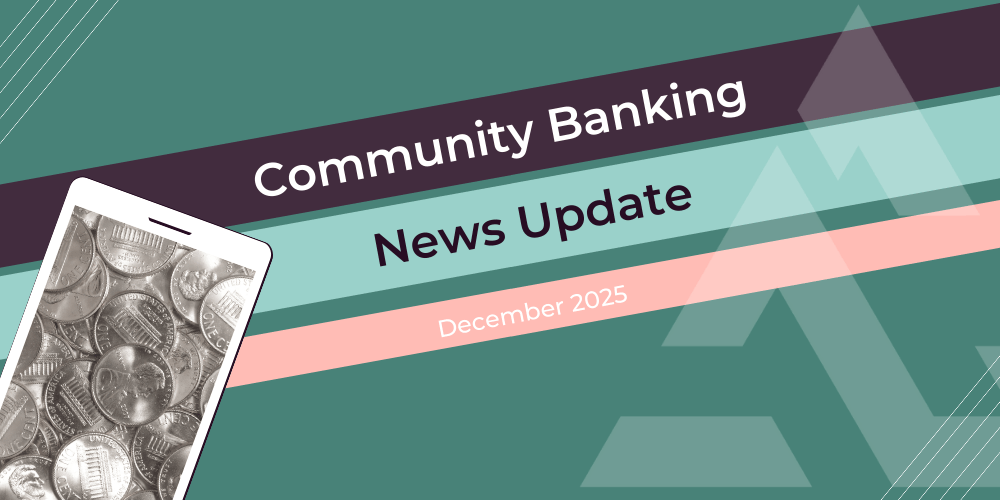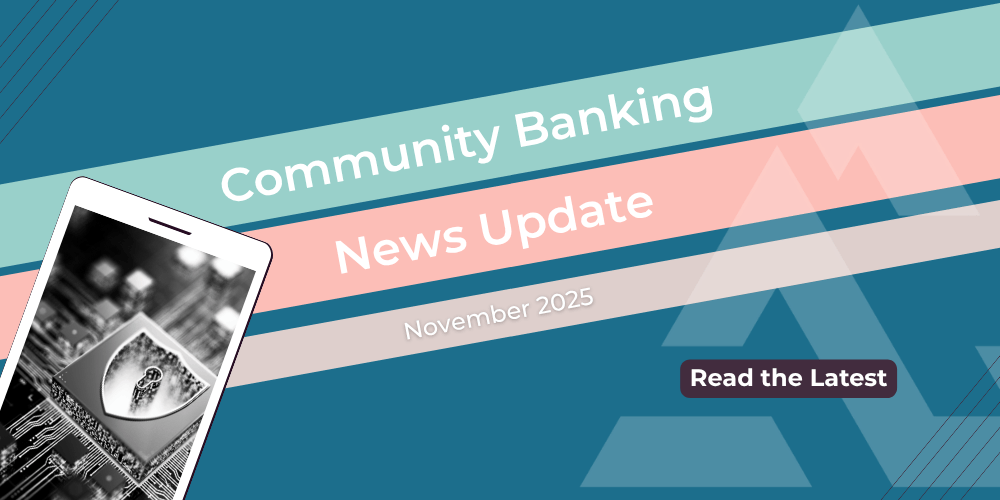Solving the biggest frustrations in cross-border transactions
International payments should be a seamless process, but for most community financial institutions, that’s far from reality. From rejected transactions to manual inefficiencies, the challenges stack up quickly — costing time, money, and customer trust.
At Acceleron, we help institutions automate international payments, streamline compliance, and generate bank revenue from non-interest sources. Based on what we hear from community financial institutions every day, here are the five biggest pain points in international payments—and how you can fix them.
1. Bad data: the root of payment rejections
Bad data is the number one cause of rejected international transactions. One missing or incorrect field — like a beneficiary’s phone number not being in the right place — can cause correspondents to reject a transaction, leading to unnecessary delays.
Worse, some data is outright prohibited, but few institutions enforce the rules before submission. Did you know that P.O. Boxes aren’t allowed as beneficiary addresses for compliance reasons? Many institutions don’t, which leads to recurring issues.
The Fix:
- Implement stronger data validation in your payment workflows to catch errors before submission.
- Educate your team and clients on common compliance pitfalls.
- Use technology that enforces required fields dynamically to prevent rejections.
2. Manual entry: a drain on time and talent
Many financial institutions still rely on manual entry at multiple points in the transaction workflow, which increases processing time, introduces errors, and drives up costs.
Ideally, the only manual step should be when a client enters a transaction for the first time. From there, approved templates should allow for seamless processing — without redundant data entry.
And if your institution is still using paper forms for international wires? It’s time for an upgrade. Even legacy core systems support file uploads or API connections.
The Fix:
- Automate data entry through API integrations.
- Ensure clients can reuse transaction templates to minimize redundant input.
- Reduce friction in compliance and operations by eliminating unnecessary manual touchpoints.
3. Profitability: are you actually making money?
Most institutions focus on gross margin — how much they charge versus how much they pay in wire fees. But when you factor in system costs and the labor required for each transaction, you may find that you’re actually processing international wires at a loss.
While straightforward transactions are usually marginally profitable, compliance and operational errors can significantly erode revenue. The more manual processes and inefficiencies, the worse the math looks.
The Fix:
- Track the true cost of each international transaction, including labor and system expenses.
- Automate processes to reduce per-transaction costs and improve overall efficiency.
- Explore additional revenue streams, such as capturing FX fees instead of passing them to correspondents.
4. Are you banking with your competitor?
If your correspondent bank is also a direct competitor, you should reconsider how much business you’re giving them. Large global banks often act as correspondents for smaller institutions — but they also compete for the same business clients.
We’re not suggesting you ditch your correspondent entirely, but you may have opportunities to work with a specialist correspondent for accounts you’d rather keep away from your competitors.
The Fix:
- Evaluate whether your correspondent relationships align with your institution’s long-term strategy.
- Consider using a specialist correspondent for specific client segments.
- Seek out correspondents that complement your business rather than compete with it.
5. General correspondent headaches
Correspondents often create more friction than solutions for community banks and credit unions. Some of the most common complaints include:
Inbound wires missing key details, making it difficult to deliver funds to the correct client.
Manual processing requirements, slowing down operations.
Inability to serve certain client types, limiting opportunities for your institution.
The Fix:
- Partner with a correspondent that can solve your specific issues, not just process payments.
- Ensure your international payment platform supports data-rich transactions to reduce friction.
- Explore alternative solutions that provide better automation and transparency.
How Acceleron helps solve these issues
At Acceleron, we specialize in making international payments seamless and profitable for community financial institutions.
✅ We move data via API and enforce compliance.
✅ We streamline operations by ensuring data flows to the right systems without manual intervention.
✅ We process transactions where traditional correspondents cannot—giving you more flexibility and control.
International payments don’t have to be a headache. If you’re ready to improve efficiency, reduce costs, and grow your non-interest revenue, let’s talk.
Acceleron builds patented software that allows community banks and credit unions to conduct cross-border payment transactions profitably through a foreign exchange marketplace. Serving over 200 financial institutions and facilitating more than $1 billion in international payments annually, Acceleron helps small banks generate non-interest income and compete more effectively with high-fee big banks. Our digital correspondent banking solutions and international payments automation integrate seamlessly with top payments platforms, ensuring quick API integration for banks.
Subscribe to our monthly newsletter, "The Exchange," to stay ahead of the curve and get original content you won't find anywhere else!
 Damon Magnuski, CEO, Acceleron
Damon Magnuski, CEO, Acceleron



